The Kakapo is a large parrot species that lives on the island of New Zealand. They are the only species of parrot that is entirely flightless. Consequently, because they don’t need to fly, they are also the heaviest species of parrot in the world.
Sadly, human activity has pushed this unique species to the brink of extinction, and researchers estimate that just 150 Kakapos survive today. Read on to learn about the Kakapo.
Description of the Kakapo
The Kakapo looks quite similar to its close cousin the kea. Both birds have light green plumage, or feathers, and dark dappling or spots. Their primary difference is in size. Basically, this bird looks like a fat version of the kea.
This bird measures about two feet long and weighs a whopping seven or eight pounds. Instead of lumbering heavily through the air, this species walks horizontally along the ground. However, when alarmed this species stands upright to face its attacker.
Interesting Facts About the Kakapo
As parrots go, Kakapos are quite noteworthy. These birds hold several records, and truly are one of a kind. Learn what makes these birds so unique below.
- Heavyweight Champion– This species holds the crown as the heaviest species of parrot in the world. It easily outweighs its closest competitor, the hyacinth macaw, by several pounds. The heaviest Kakapos weigh up to nine pounds.
- Terrestrial Environment – Being obscenely heavy for a parrot is easy when you don’t have to fly. The Kakapo is the only species of parrot that cannot fly. Though they still have wings, the limbs do not function in any way.
- Critically Endangered – The populations of this species are incredibly precarious. The IUCN lists the Kakapo as Critically Endangered. As of 2017, researchers identified just 116 adult birds in the entire wild population.
- Feral Felines – One of the largest dangers to these birds are invasive species. In fact, during one study in the late 90s, feral cats decimated half the population of Kakapos on one island. Nowadays conservationists remove invasive species from the islands that these birds live on.
Habitat of the Kakapo
Before European arrival, these birds lived throughout New Zealand in various habitat types. Unfortunately, nowadays these birds only live on three small islands off the coast of New Zealand and only occupy the forest habitats present there. The various habitats that they can live in include scrub forest, temperate forest, coastal regions, and more.
Distribution of the Kakapo
The only remaining Kakapo populations live on Codfish Island, Little Barrier Island, and Maud Island. Researchers initiated their arrival on these islands in an attempt to save the species. The researchers relocated all remaining individuals on the mainland South Island to the offshore islands to save them from invasive species.
Diet of the Kakapo
This bird is entirely herbivorous, which means that they only eat plants. Their diet is incredibly variable, and they feed on fruits, nuts, berries, seeds, leaves, shoots, and more. Even though they cannot fly, they do forage in trees and they are quite competent climbers.
Unlike most species of birds, Kakapos have relatively underdeveloped gizzards. Instead of using their gizzard to grind and digest food, this species uses their beaks and tongues to grind their food.
Kakapo and Human Interaction
Humans single-handedly decimated the populations of the Kakapo. Before humans arrived on New Zealand this bird thrived, even against natural predators like eagles and falcons. These birds used to live across both North Island and South Island.
The native Maori people hunted this species with their dogs, and introduced rats that ate eggs and killed chicks. When European settlers arrived, they brought even more invasive species like cats, stoats, and more rat species. Populations quickly plummeted under this pressure.
True conservation efforts didn’t succeed until the late 1970s and 80s. Scientists relocated all remaining birds to several islands without invasive predators. To this day, researchers track and monitor every bird. During breeding times, researchers provide food for the birds to help their nesting efforts succeed.
Domestication
Humans have not domesticated this species in any way.
Does the Kakapo Make a Good Pet
No, the Kakapo does not make a good pet. Every single bird is important for the survival of the species. This is why it is highly illegal to own one as a pet.
Kakapo Care
Though no zoos house these birds, the Kakapo Recovery Program does hand rear chicks and incubates eggs to increase their survival rate. The researchers carefully managed the temperatures during incubation and the rearing of the chicks. When they release the chicks back onto the islands, they equip them with GPS monitors, like all other members of the population.
Behavior of the Kakapo
Unlike most parrots, Kakapos are nocturnal. This means they are most active at night, and rest during the day. Researchers believe that they developed this behavior to avoid eagles and falcons during the daytime. During the day they sleep in small burrows or caves.
As night falls, these solitary birds move off to search for food. They forage both on the ground and up in trees. Though they can’t fly, they can climb to the very tops of trees. The only time they interact with other Kakapos is during the breeding season.
Reproduction of the Kakapo
As the breeding season approaches male Kakapos congregate in an area, known as a lek, to display for females. The males dig shallow bowls and perform a booming sound. Generally speaking, the male with the loudest boom and best spot breeds the most.
Females usually only breed once every two or three years. After mating, the female goes off on her own to lay her eggs. Most clutches contain one or two eggs, and the incubation period lasts about a month. Once the chicks are about three and a half months old, they venture off on their own.



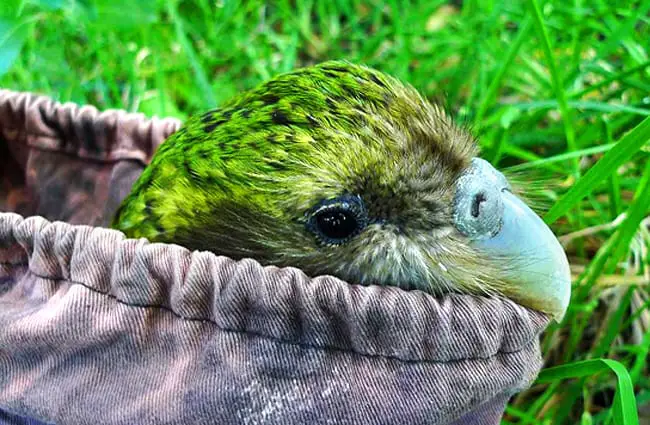
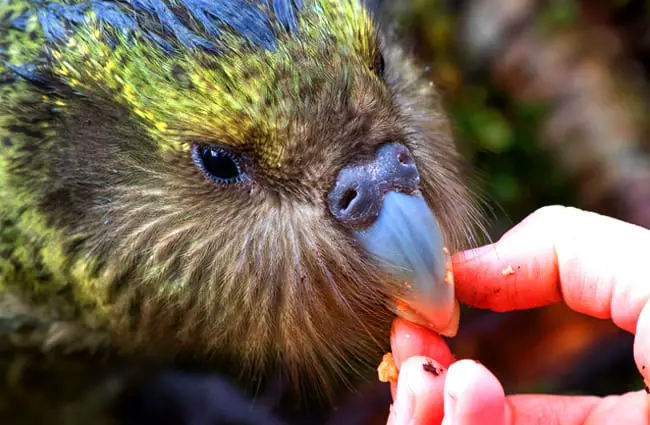
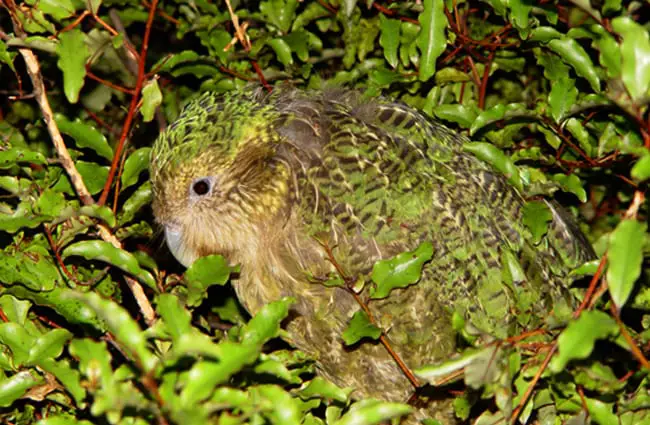
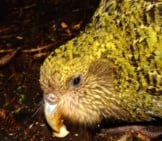
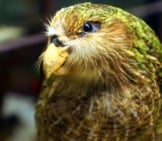
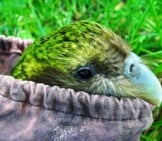


![Red Angus Closeup of a beautiful Red Angus cowPhoto by: U.S. Department of Agriculture [pubic domain]https://creativecommons.org/licenses/by/2.0/](https://animals.net/wp-content/uploads/2020/03/Red-Angus-4-238x178.jpg)


![Red Angus Closeup of a beautiful Red Angus cowPhoto by: U.S. Department of Agriculture [pubic domain]https://creativecommons.org/licenses/by/2.0/](https://animals.net/wp-content/uploads/2020/03/Red-Angus-4-100x75.jpg)

